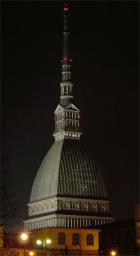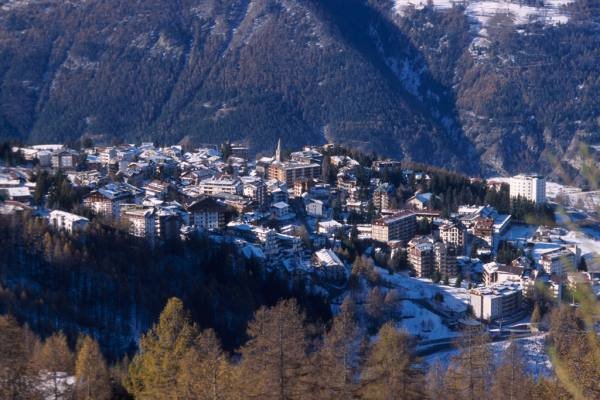Location
Turin
|
Turin is the main city of Piedmont, a region in the Northern part of Italy. Although not very known as a touristic destination
until the 2006 Winter Olympic Games, it is one of the italian cities rich of history and culture. It may be enough to mention
that it was the first capital of the united Italy. Housing the Savoia dinasty, Turin and its surroundings are rich of palaces
and castles. The document of the Unification of Italy was signed in Palazzo Madama in the center of Turin. The symbol
of the city is however Mole Antonelliana, the highest bricks building in the world at construction time,
now housing the Museum of Cinema.
The modern history of Turin was marked by the industrial development due to the FIAT. Initially the production of the
carmaker and the auxilliary industry were concentrated around Turin, and started a period of progress and wealth for the
city. Of course, now in the globalised market FIAT is an international company, but the city kept developing and
innovating. Many works were done in the city in the preparation of the Olympic Games,
many buildings were reconstructed, and the Turin underground was inaugurated (being the first fully automatic line in Italy).
|
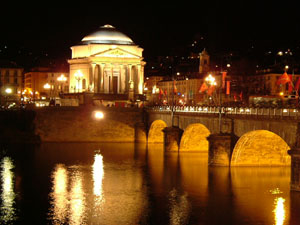
|
Sauze d'Oulx

|
The exact location of the school is Sauze d'Oulx (TO), one of the touristic resorts nearby Turin that hosted part of the Torino
2006 Winter Olympic Games.
|
History
The etymology of this name has been lost in time, despite it being quite common in nearby France.
Probably already in 500 B.C. some Celtic tribes lead by Bellovesio descended from Monginevro en route to the Padana plains,
but instead decided to stay in this luxuriant valley, rich in water, pastures and thick woods. Some centuries later Ceasar's
legions imposed the customs and divinity of the Romans, who, realizing the strategic importance of this crossing point towards
Europe, trasformed the old village into an important encampments for the armies.
Hypothetically speaking, it would have been ideal to sit at the top of the Clotes slope and observe the comings and goings over
the centuries: after the Celts, Hannibal and then Ceasar, Galba, Costantino, the Saracens, Longobardi and Franchi,
Barbarossa and Napoleon all invaded this valley and left their mark on the culture.
Touristic information
Sauze d`Oulx, pronounced "Sow-zee-doo" was one of the most successful Italian ski resorts on the 1970s and `80s, expanding rapidly.
Located on a high sunny `balcony` in the Susa Valley, the resort is surrounded by larch forest above. The trails cut down through
this natural amphitheatre have an excellent snow record. Its success resulted from its large and varied ski area, linked to Sestriere,
its lively night life and reasonable prices. The resulting growth has led to the construction of a large number of rectangular
concrete apartment blocks, mirroring its French partner, Montgenevre, now lift-linked to Sauze at the other end of the long Milky Way
circuit.
|
Skiing has been popular here for over a century and world champions like Piero Gros, a gold medalist of the 1976 Olympics, have been
based here. Skiing first began on the local slopes at the end of the last century when a Swiss engineer, Adolfo Kind, taught skiing to
locals and guests using wooden boards strapped to the feet.
Sauze d'Oulx is situated in Via Lattea (Milky Way), a very famous skiing resort which includes 5 villages: Sestriere,
Sauze d'Oulx, Sansicario, Cesana, Claviere and the french Montgenevre.
This winter resort offer 140 ski slopes, on a surface of 400 Km and 92 lifts from 1350 to 2800 meters.
The sport facilities of Sauze d'Oulx, start at 1509 meters and offers many lifts: 11 chair-lifts and 11 ski-lifts,
for downhill and cross-country skiing.
To see the map of Sauze d'Oulx ski plants click here.
|
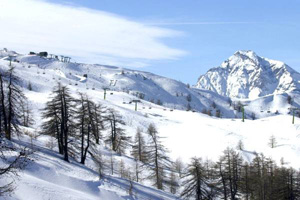
|
|
Sauze still has a delightful ancient heart of stone buildings, narrow streets and a cobbled square with water fountain, as well as
locals prepared to dress in traditional attire for ancient festivals.
The church of San Giovanni Battista (St.John The Baptist) is a symbol for Sauze d'Oulx. Built in Roman-Gothic style, with a
characteristic belfry decorated with two and three mullioned windows, this is a national monument, painted and photographed
many times "as a memory" of Sauze. Built with volontary contributions, the central part was inaugurated in 1538 and the
side chapel was added in 1676. Inside you can admire the baptistry in forest green marble built
in 1540 and the main altar decorated with wooden columns carved in 1700.
Nearby Jouvenceaux is also worthy to mention. With its narrow streets, squares, fountains and carefully reconstructed houses, it
retains the aromas, tastes and colours of an antique village.
|
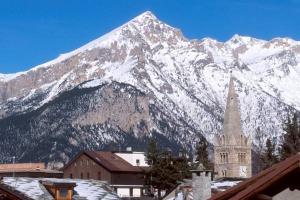
|
|


